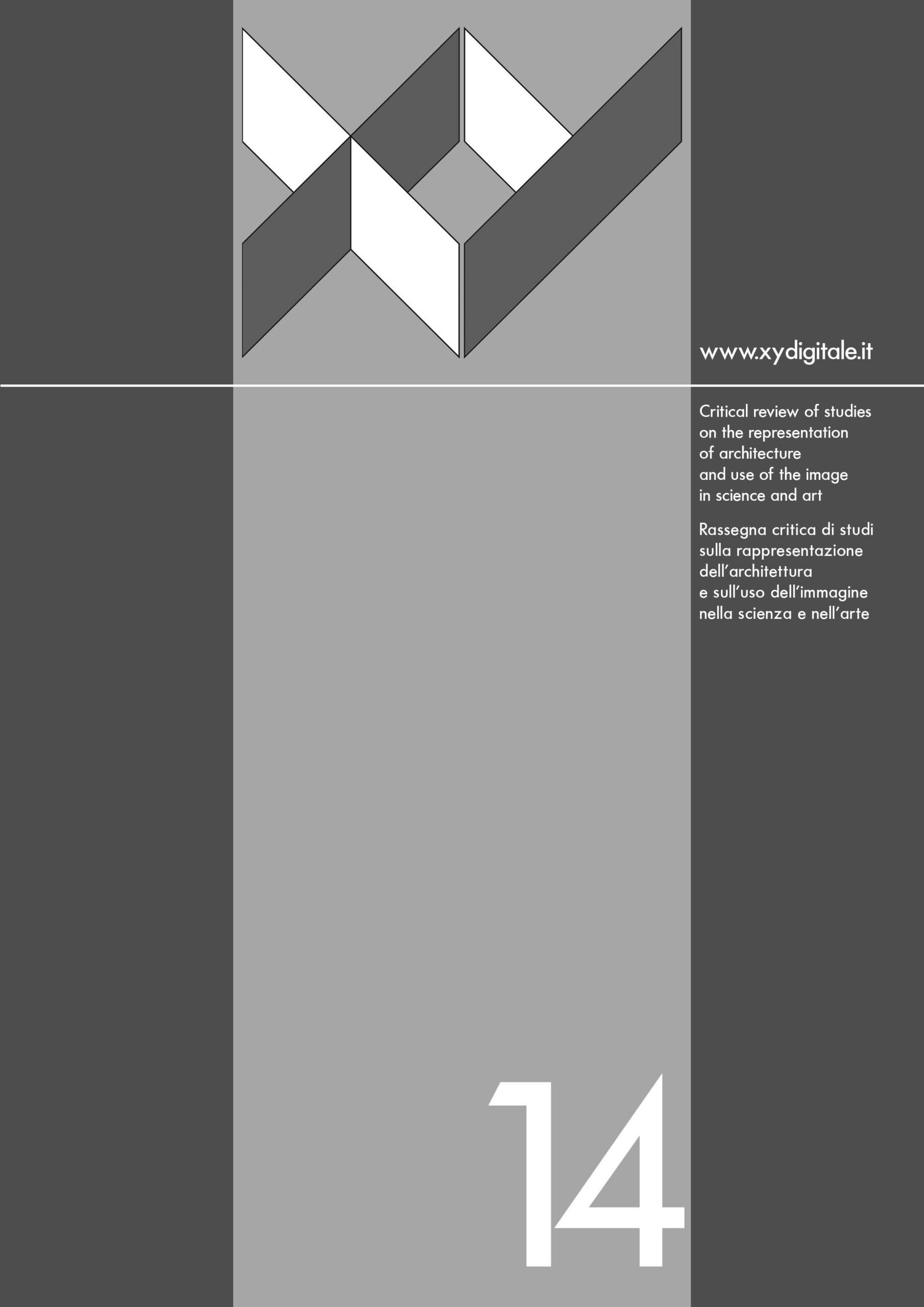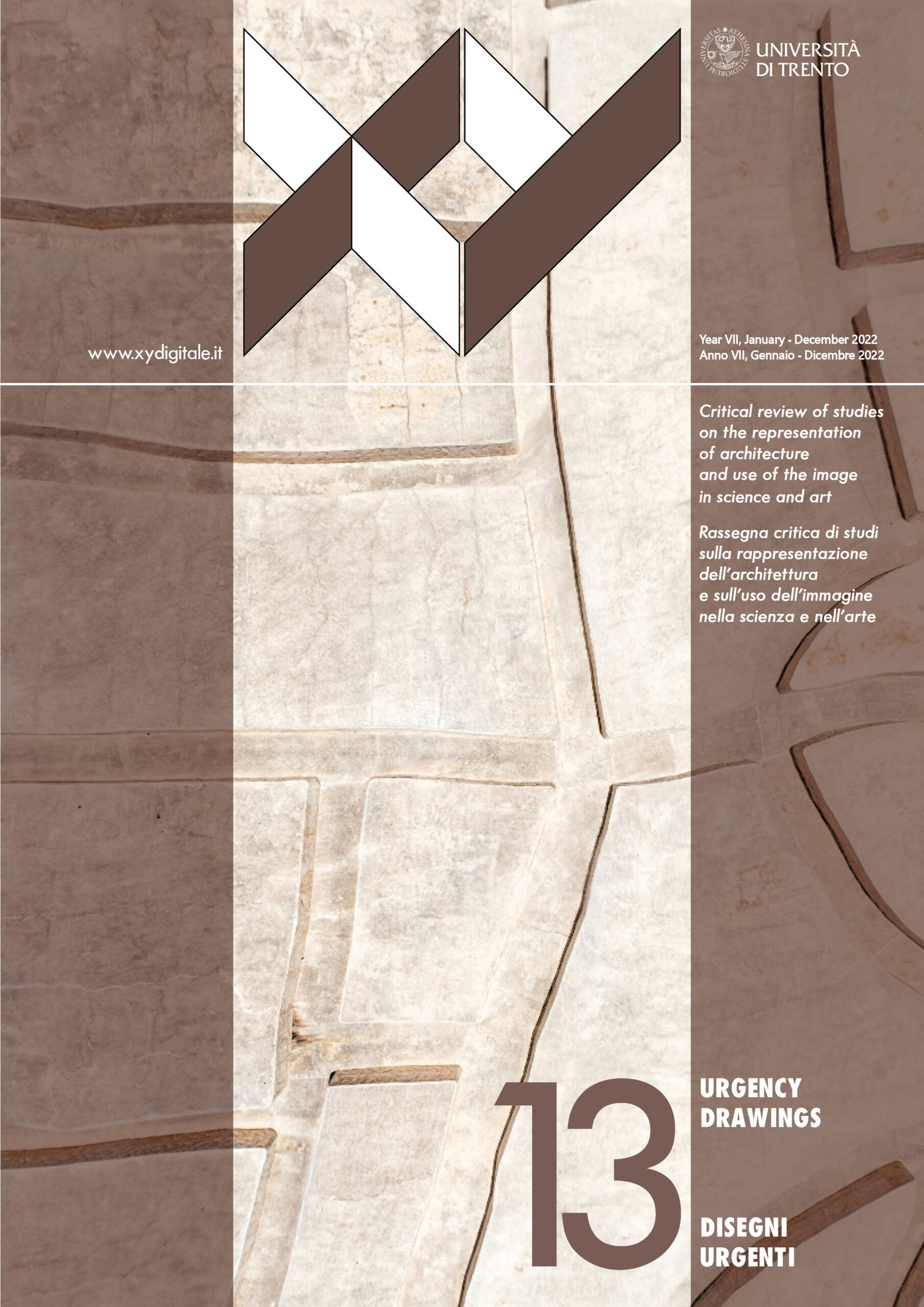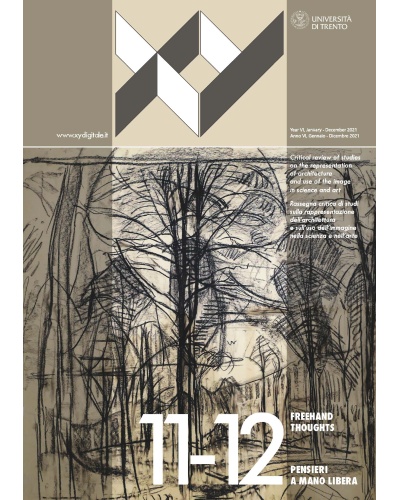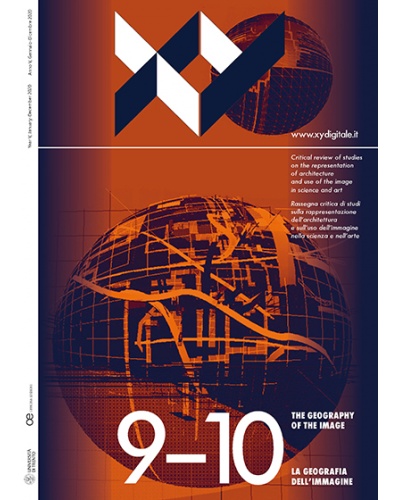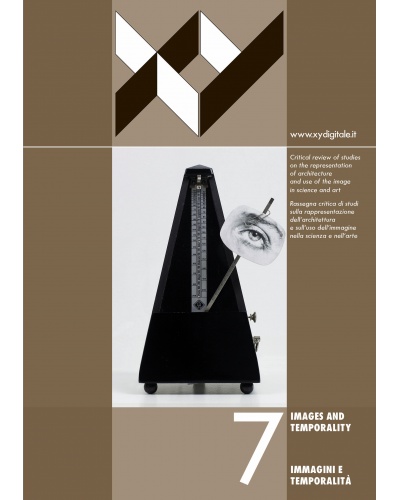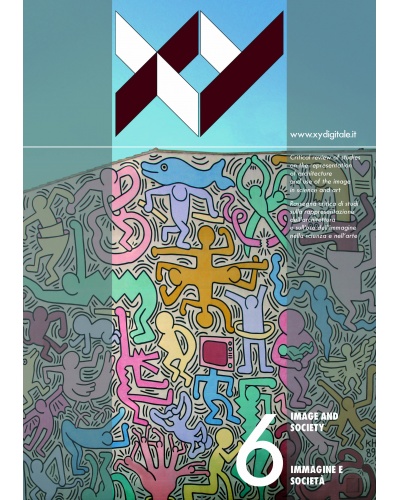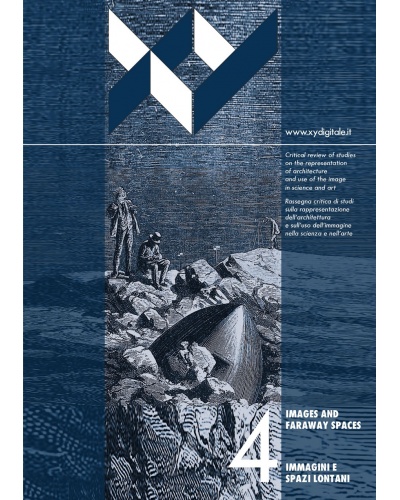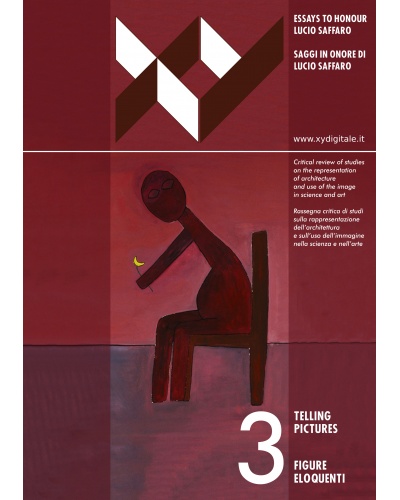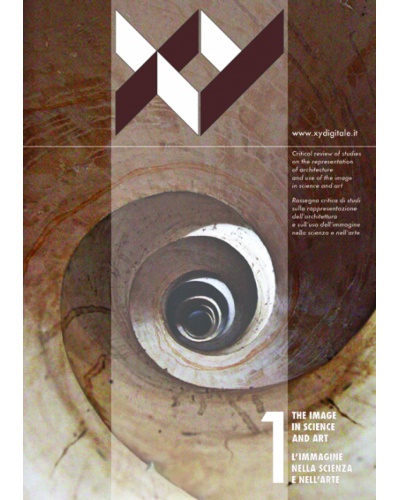CALL FOR PAPERS
The 2023 edition of “XY” marks the revival of some research topics that, during the 1990s, the historical series of the magazine tackled with a pioneering spirit. In 1997, issue 29-30-31 of “XY Dimensioni del disegno” gathered the results of the conference and exhibition ‘I luoghi del segno epocale’, organised in Perugia to place the ‘suburban issue’ at the centre of the architectural debate, from a linguistic and figurative point of view. The contributions by Angelo Ambrosi, Alessandro Anselmi, Luisa Chiumenti, Giangiacomo D’Ardia, Roberto de Rubertis, Franco Purini, Fabio Quici, Livio Sacchi, Antonino Terranova, and Vittorio Ugo addressed from various perspectives the role that degraded suburbs could assume in proposing new urban qualities and in defining spaces of identity living equal to those offered by historic cities.
The unprecedented gaze proposed by “XY” focused on the potential inherent in amorphous structures, unauthorised buildings, and chaotic conurbations in terms of image value, of ‘legibility’ as Kevin Lynch might say, on their ability to evoke ‘functional’ visions vividly identified by form, colour, and arrangement. The subject remains highly relevant today: consider the G124 project on the city of the future that Renzo Piano has been developing since 2014, studying the ‘mending’ of suburbs by involving the youngest people in transforming Italy and sparking regeneration also through new trades, micro-businesses, start-ups, and small-scale, widespread construction sites.
Many current situations, however, suggest that the word ‘suburb’ has lost its specific topographical connotation. Perhaps it can be more appropriate to speak of ‘marginality’ as a condition encompassing any reality marked both by a physical location at the extremes with respect to one or more fulcrums and by a metaphorical boundary position opposed to another of reference. The focus of reflection, therefore, is no longer the ugly, yet often densely inhabited suburbs, but rather the distributed voids, often united by absence. The Manifeste du Tiers Paysage by Gilles Clément brings these abandoned places to the fore, defining their status in opposition to organised, anthropised, and natural territory. The ‘suspension’ in which marginal places find themselves allows them to be resilient, and it is with this resilience that both the analytical processes and design choices must contend.
If it is true that how the surrounding world is represented depends on its visible and invisible characteristics, then we might ask ourselves whether the images interpreting the marginality of ‘suspended’ places can also be resilient: capable of adapting to the variation of objects and meanings, yet resistant to the drifts of the moment, and firmly anchored to the scientific foundations of drawing. The graphic representations that explore the spaces described are, in some respects, ‘urgent’, as they show precarious, sometimes dramatic situations permeated by the incongruity between a negativity de facto and a desired positivity.
_
_
- September 6, 2024: publication of the call for papers
- October 18, 2024: abstract submission
Text in the author’s native language (maximum 2,000 characters including spaces and avoiding notes to the text), an image with caption and related credits. The Scientific Committee and the Editorial Board evaluate and select the proposals based on thematic importance and meaningful clarity criteria. - November 15, 2024: notification of the abstract acceptance (or rejection)
- January 17, 2025: full paper submission (in the author’s native language)
Complete text with abstract and any notes (15,000-30,000 characters including spaces), 8-15 images with captions and related credits (one image every 2,000 characters) chosen for their specific expressive originality. The editorial review precedes the scientific one as a preliminary quality assessment. Then the papers are submitted to the double-blind peer review by recognised experts, who have the task of verifying the scientific contents. - February 21, 2025: notification of the paper reception (or non-reception) / request for additional notes
- March 21, 2025: final paper submission (in English and the author’s native language)
Full text in the author’s native language updated based on the results of the scientific review, text in English conforming to the definitive version in the mother tongue. - April 30, 2025: publication of the journal issue


